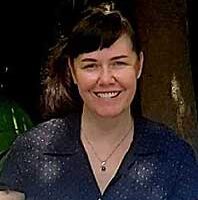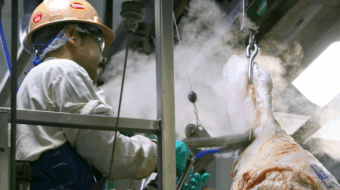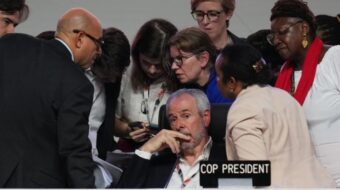
An international team of scientists say efforts to protect the ozone layer have been a “huge global success,” with damaging atmospheric gases declining more quickly than expected.
According to the new study, the total amount of chlorine — which depletes the ozone — in all hydrochlorofluorocarbons (HCFCs) peaked in 2021, five years earlier than the most recent predictions.
“This has been a huge global success. We’re seeing that things are going in the right direction,” said Dr. Luke Western, lead author of the study and a Marie Curie Research Fellow at University of Bristol’s School of Chemistry, as The Guardian reported.
The reduction in HCFCs is largely due to the 1987 Montreal Protocol, which introduced controls on the usage and production of ozone-depleting substances. HCFCs were once common in the manufacturing of hundreds of products, from refrigerators and packaging to aerosol sprays and foams.
Lowering the amount of HCFCs — which are also greenhouse gases — should help lessen global heating, a press release from University of Bristol said.
Developed to replace chlorofluorocarbons — banned globally since 2010 — production and usage of HCFCs is still in the process of being phased out.
“The results are very encouraging. They underscore the great importance of establishing and sticking to international protocols,” Western said in the press release. “Without the Montreal Protocol, this success would not have been possible, so it’s a resounding endorsement of multilateral commitments to combat stratospheric ozone depletion, with additional benefits in tackling human-induced climate change.”
HCFC emissions fell less than one percent between 2021 and 2023, but are still moving in the right direction.
“Their production is currently being phased out globally, with a completion date slated for 2040. In turn these HCFCs are being replaced by non-ozone depleting hydrofluorocarbons (HFCs) and other compounds. By enforcing strict controls and promoting the adoption of ozone-friendly alternatives, the protocol has successfully curbed the release and levels of HCFCs into the atmosphere,” Western said.
Highly precise measurements of these substances are gathered at atmospheric observatories worldwide by the National Atmospheric and Oceanic Administration (NOAA) and the Advanced Global Atmospheric Gases Experiment.
“We use highly sensitive measurement techniques and thorough protocols to ensure the reliability of these observations,” said Dr. Martin Vollmer, co-author of the study and an atmospheric scientist with the Swiss Federal Laboratories for Materials Science and Technology, in the press release.
The study, “A decrease in radiative forcing and equivalent effective chlorine from hydrochlorofluorocarbons,” was published in the journal Nature Climate Change.
“This study highlights the critical need to be vigilant and proactive in our environmental monitoring, ensuring other controlled ozone depleting and greenhouse gases follow a similar trend which will help to protect the planet for future generations,” said Dr. Isaac Vimont, study co-author and NOAA research scientist, in the press release.
This article was reposted from EcoWatch.
We hope you appreciated this article. At People’s World, we believe news and information should be free and accessible to all, but we need your help. Our journalism is free of corporate influence and paywalls because we are totally reader-supported. Only you, our readers and supporters, make this possible. If you enjoy reading People’s World and the stories we bring you, please support our work by donating or becoming a monthly sustainer today. Thank you!










